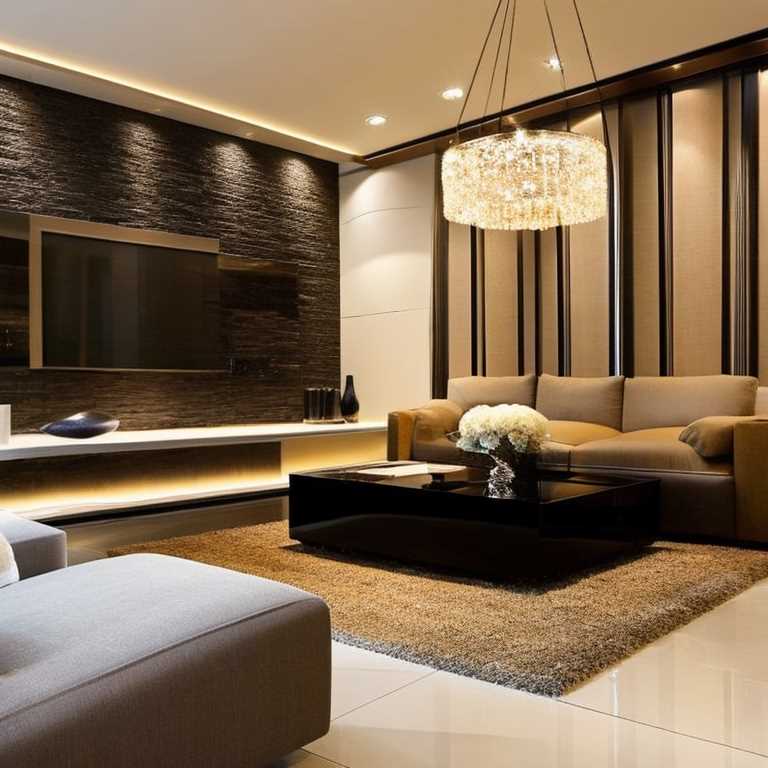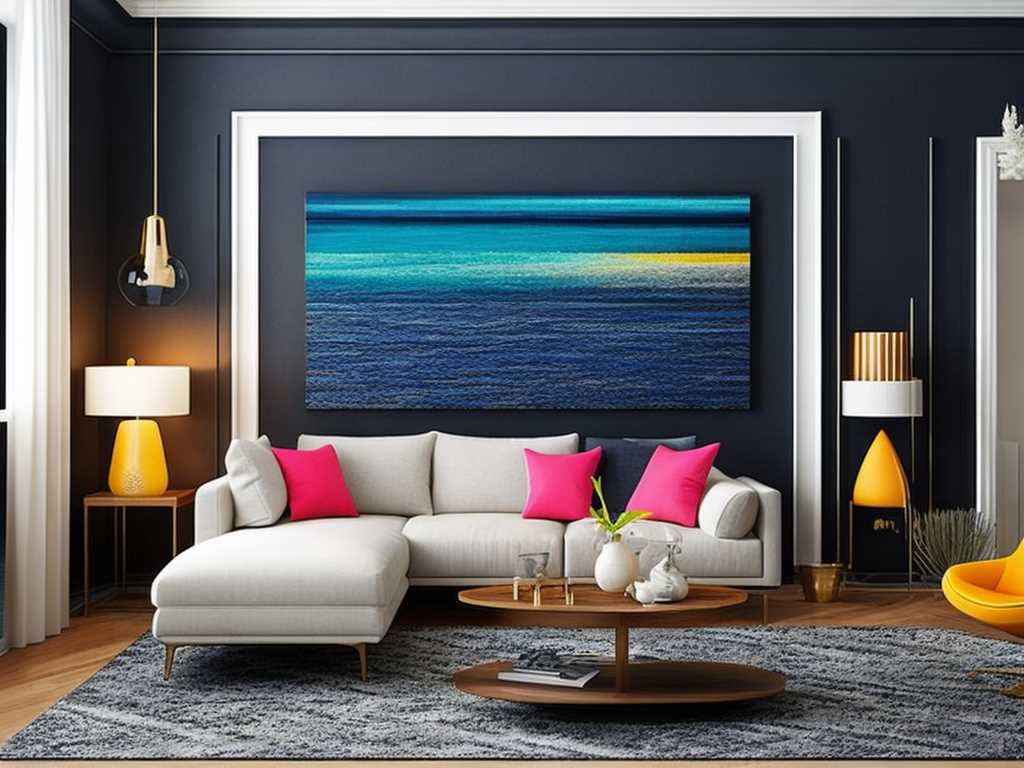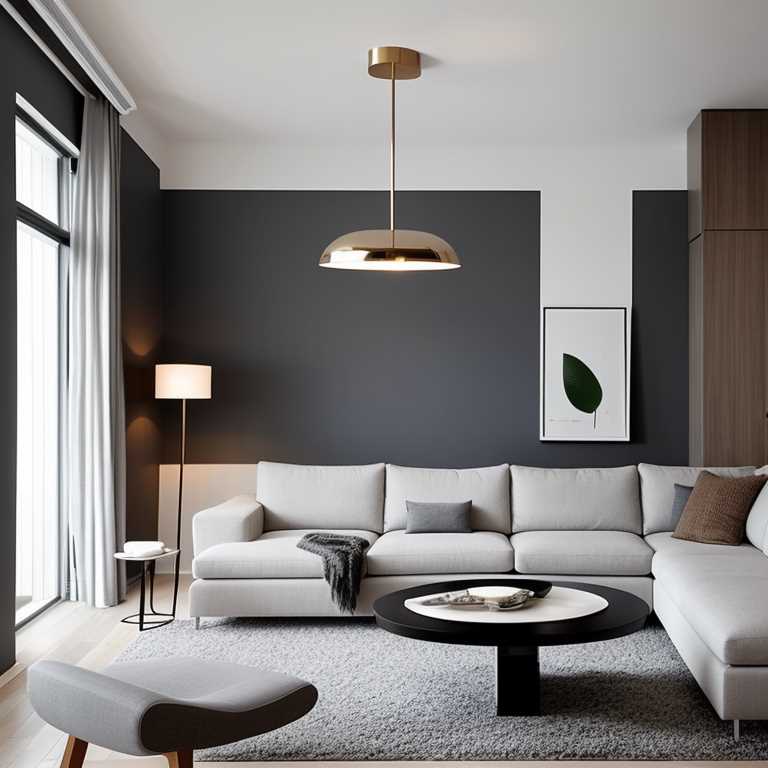
A living room is a space where families and friends gather to relax, watch television, entertain guests, and spend quality time together. Lighting plays a vital role in creating an inviting and comfortable atmosphere in the living room. One of the most common questions asked by homeowners is, “How many lamps do I need in my living room?” The answer is not as straightforward as one might think, as it depends on several factors. In this article, we will discuss these factors and provide some general guidelines to help you determine the appropriate number of lamps for your living room.
The Size of the Room
The size of the living room is the most crucial factor to consider when determining how many lamps you need. A larger living room will require more lamps to create a balanced and evenly lit space. Conversely, a small living room may only need one or two lamps to provide adequate lighting. As a general rule of thumb, one lamp for every 50 square feet of living space is a good starting point. For example, a 200 square foot living room would require four lamps. However, this is just a guideline, and other factors must be considered.

The Purpose of the Room
The purpose of the living room also plays a significant role in determining how many lamps you need. For example, if the living room is primarily used for watching television, you may need fewer lamps than if the room is used for reading or other activities that require more focused lighting. If you have a specific area in the living room designated for a particular activity, such as a reading nook, you may want to add an additional lamp in that area to provide adequate lighting.
The Type of Lighting
The type of lighting you choose for your living room will also impact the number of lamps you need. There are three types of lighting: ambient, task, and accent. Ambient lighting provides overall illumination to the room, while task lighting is focused on a specific area or task, such as reading or working on a puzzle. Accent lighting is used to highlight a particular object or area, such as a piece of artwork or a plant.
For ambient lighting, you may only need one or two lamps, depending on the size of the room. However, if you plan to use the living room for multiple purposes, you may need to add more lamps to provide adequate lighting for each activity. For example, if you plan to use the living room for reading and watching television, you may need a combination of ambient and task lighting. In this case, you may want to consider adding a floor lamp or table lamp near the seating area to provide additional task lighting.

The Height of the Ceiling
The height of the ceiling is another factor to consider when determining how many lamps you need. If you have a high ceiling, you may need more lamps to provide adequate lighting throughout the room. This is because the light from a single lamp may not reach the entire room, and the higher the ceiling, the more spread out the light will be. In this case, you may want to consider adding additional lamps, such as floor lamps or wall sconces, to provide more even lighting.
The Style of the Room

The style of the living room is also a factor to consider when determining how many lamps you need. If you have a modern or contemporary living room, you may want to consider using fewer lamps and incorporating other types of lighting, such as track lighting or recessed lighting. These types of lighting can provide a sleek and minimalist look while still providing adequate illumination. If you have a traditional or classic living room, you may want to consider using more lamps to create a warm and inviting atmosphere.
The number of lamps you need in your living room depends on several factors, including the size of the room, the purpose of the room, the type of lighting, the height of the ceiling, and the style of the room. As a general rule of thumb, one lamp for every 50 square feet of living space is a good starting point. However, it’s essential to consider other factors, such as the purpose of the room and the type of lighting, to determine the appropriate number of lamps. By carefully considering these factors, you can create a well-lit and inviting living room that meets your needs and preferences.


